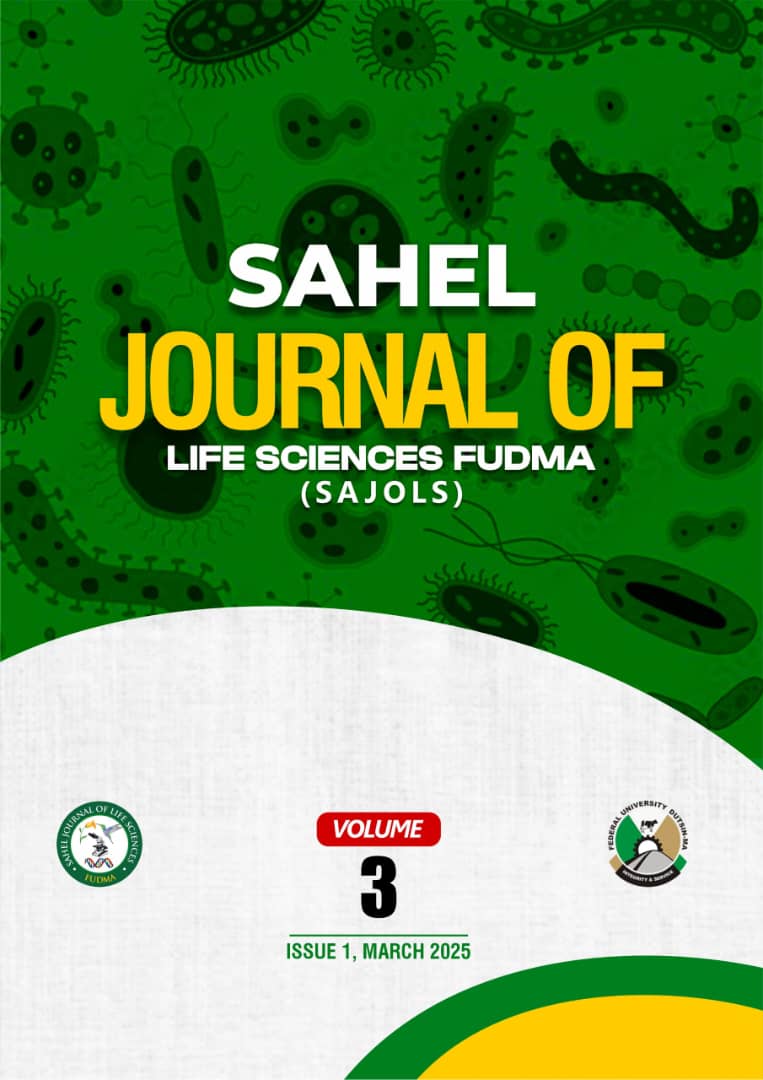Post-mortem Radiographic and Clinical Evaluation of Cleft Palate in a Day Old Balami Lamb: A Case Report
DOI:
https://doi.org/10.33003/sajols-2025-0301-46Keywords:
Cleft Palate; Evaluation; Gross; Lamb; RadiographicAbstract
Cleft palate is a defect of longitudinal fusion that affects the bone and the mucosa in the midline of the hard palate. This defect in the fusion of the palatal lateral shelves from the maxillary processes results in an open cleft between the oral and nasal cavities. The objective of this work is to report the morphological characteristics of palatine clefts observed in a neonatal lamb delivered following a dystocia case presented at the Large Animal Clinic Unit of the Veterinary Teaching Hospital, University of Jos, Nigeria. Following delivery of the ram lamb, upon clinical examination, it was discovered to have a suspected cleft palate. Radiography was then carried out for confirmation. In cleft palate, clinical signs vary with the degree of defect and may include unsatisfactory growth of the neonate, drainage of milk through the nostrils during and after breastfeeding, coughing, vomiting, sneezing during feeding, relapsing respiratory tract infections, respiratory infection, and pneumonia because of food aspiration. Due to possible hereditary predisposition, breeding in some affected animals such as dogs is not normally recommended, although surgical treatment could be done, but such option should be postponed if possible up to 45 days or preferably at three months of age to reduce possible anesthetic risk. This study is beneficial in expanding the horizon of knowledge on the morphology of the cleft palate, which will ultimately aid in the ease of diagnosis of this case for prompt medical attention.


